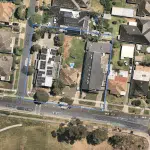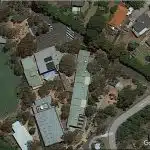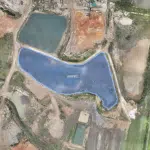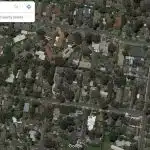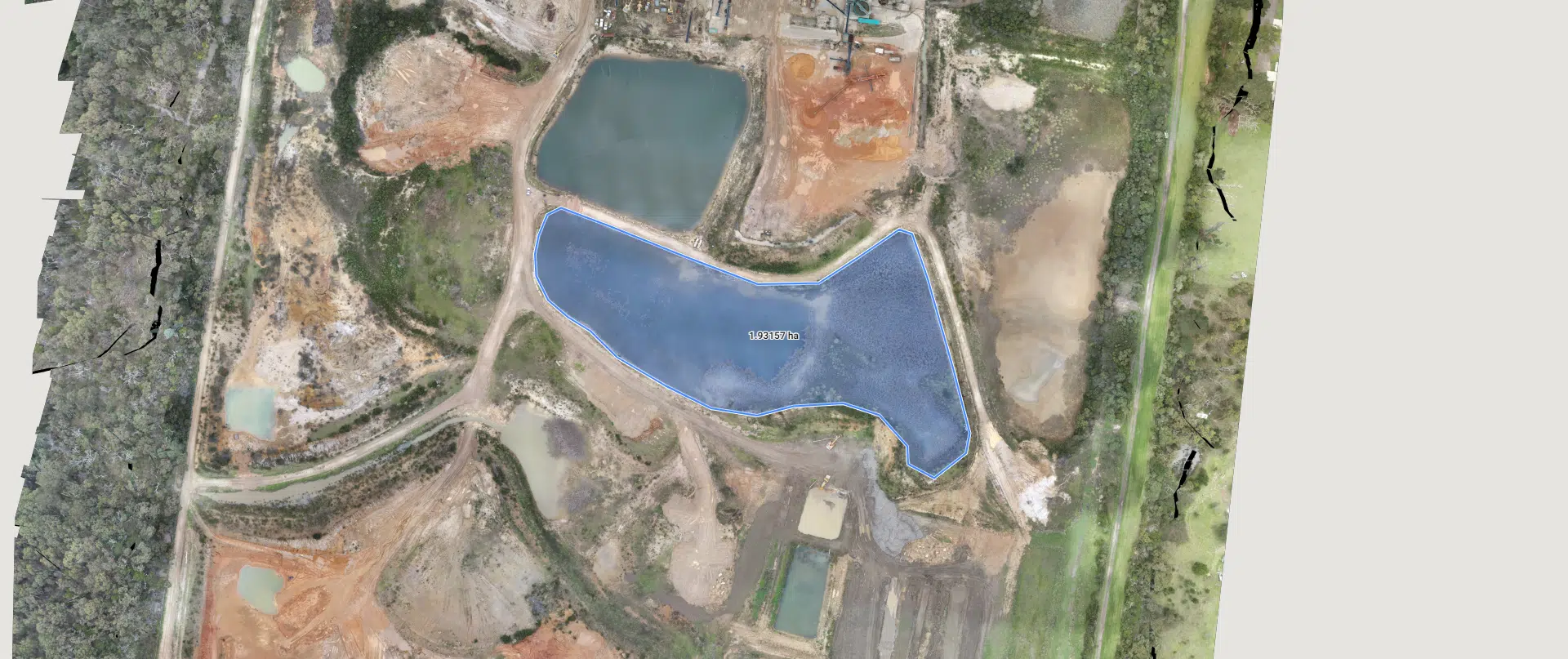
Elevating Efficiency: Avian Australia's Aerial Surveying and Mapping Success Story
Introduction
In this case study, we explore how Avian Australia, a leading multidisciplinary surveying, laser scanning and reality-capture company, collaborated with a construction aggregate supplier to benefit from the process of aerial surveying and mapping. By leveraging cutting-edge technology and innovative methodologies, Avian Australia overcame the challenges associated with traditional surveying methods of large areas, offering accurate terrain mapping and volume calculations in a fraction of the time.
Client Background
Our client, a construction aggregates supplier, faced the common challenge of obtaining precise terrain maps and volumetric calculations for their expansive 83-hectare site. Traditional surveying methods, involving manual observations and walking the entire site, were not only time-consuming but also posed risks to staff safety and site operations.
Problem Statement
Surveying large land areas, especially those exceeding 10 hectares, is a time-intensive and risk-laden process using conventional survey methods. The need for accurate terrain data and volumetric calculations required days of physical presence on-site, disrupting operations and increasing the potential for human error. This presented a significant bottleneck in the client’s operations.
Avian Australia’s Solution
Avian Australia introduced an innovative solution to address these challenges. Their approach included:
- Utilising cutting-edge aerial surveying techniques to capture accurate terrain data without the need for extensive on-site surveys.
- Strategically placing survey control points for RTK positioning, ensuring precision and geo-rectification of aerial images.
- Employing a combination of surveying, photogrammetry and 3D modeling to reconstruct the entire 83-hectare site, enabling precise volumetric calculations and site analysis.
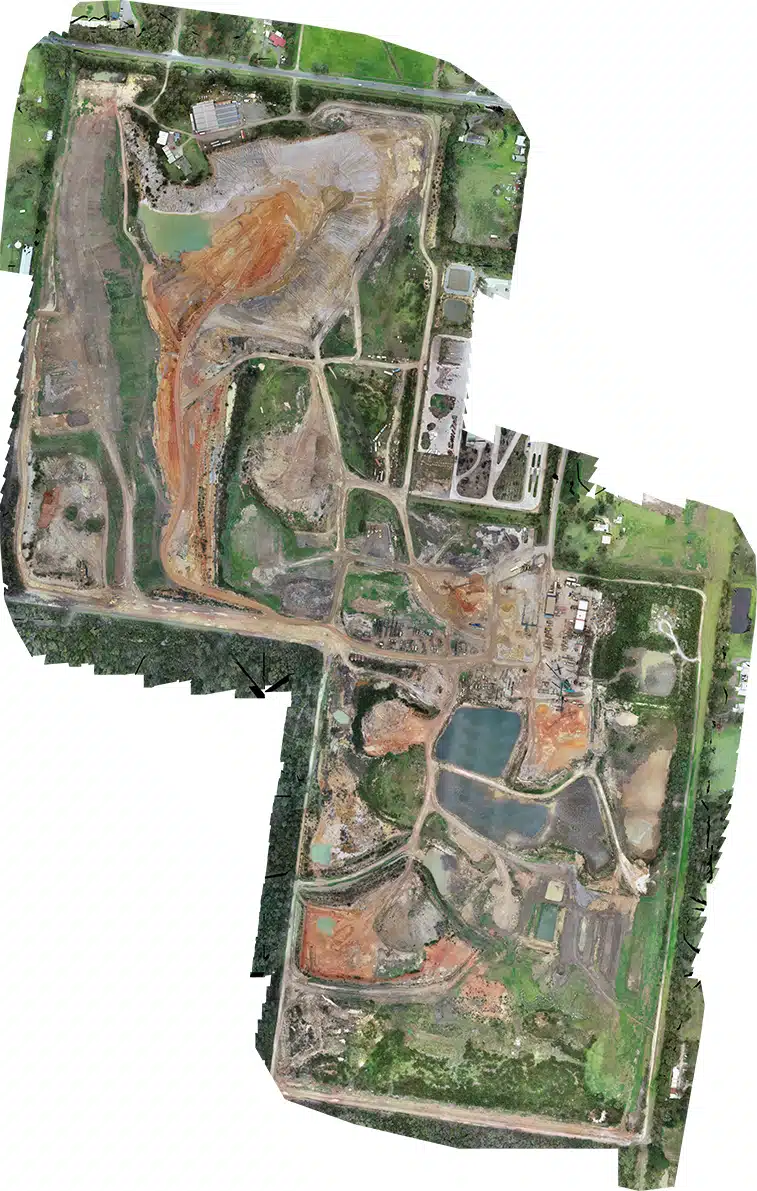
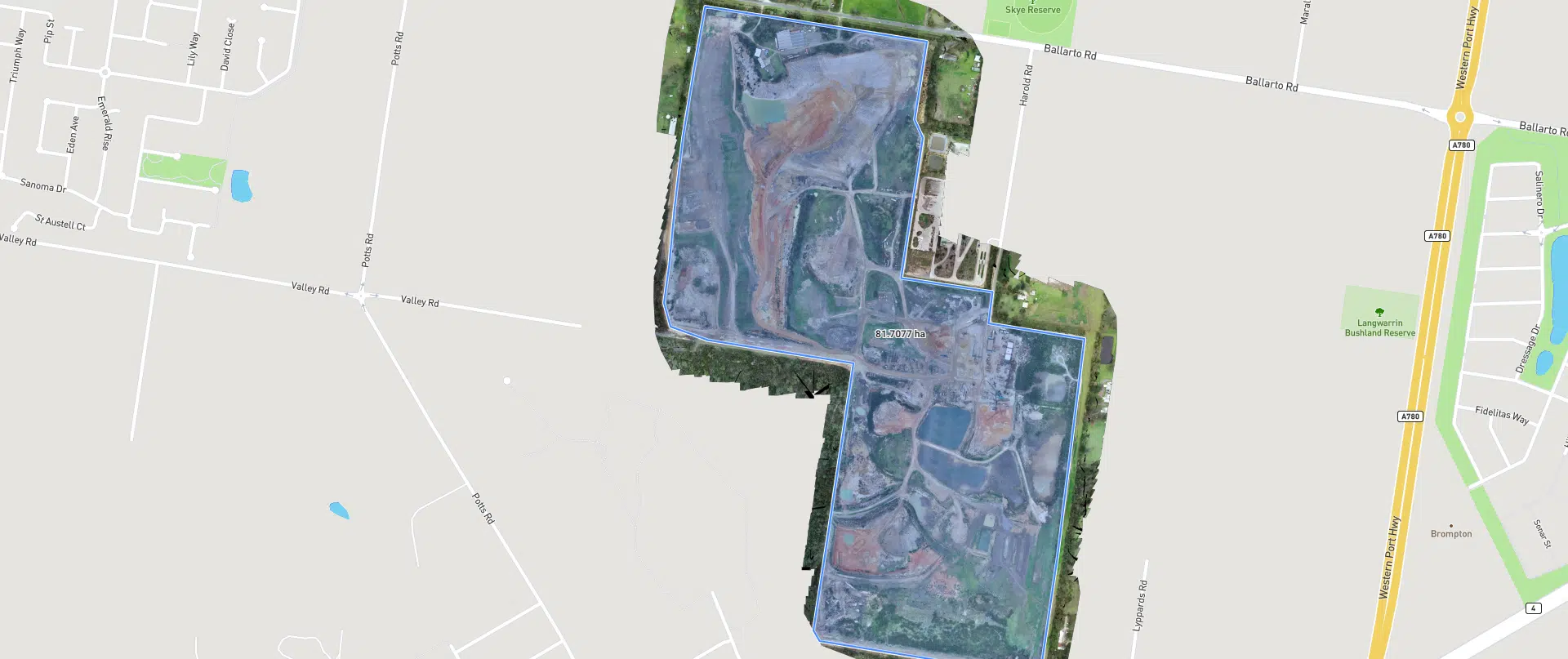
Implementation
The implementation of Avian Australia’s solution was highly efficient:
– Survey control points were established and observed using the nearest base station for RTK positioning.
– Aerial surveying was conducted using a drone, capturing the entire site from multiple angles to create a 3D model.
– This 3D model facilitated accurate volumetric calculations, providing valuable insights for the client.
The entire on-site surveying process was completed in just one day, with data processing and reporting finalized within an additional five days—remarkably shorter than traditional surveying methods.
Results
The results of Avian Australia’s innovative approach were transformative:
✓ Terrain measurements were obtained with precision, eliminating the need for time-consuming on-foot surveys.
✓ Daily site operations remained uninterrupted, minimizing disruptions to the client’s business.
✓ The client received detailed site contours and elevation maps, enhancing topographical understanding.
✓ Comprehensive site maps offered a real-time view of the entire 83-hectare area.
✓ Accurate volumetric calculations empowered the client with better budget management and revenue forecasting.
Choosing the right Drone Mapping Service
At Avian Australia, we offer a range of surveying and drone mapping services tailored to meet the specific needs of architects, engineers and construction managers. When choosing the right package, consider the scope of your project, the level of detail required, and your budget. Contact us today to discuss your project and receive a customised quote.
Avian Australia Commitment
Avian Australia’s collaboration with construction aggregates suppliers showcases the potential of innovative technology in overcoming common challenges in surveying and mapping. By introducing aerial surveying and precise 3D modeling, Avian Australia not only expedited the data collection process but also enhanced the accuracy of terrain mapping and volumetric calculations. This case study underscores the value of embracing modern surveying techniques to streamline operations and achieve superior results in the construction materials industry.
